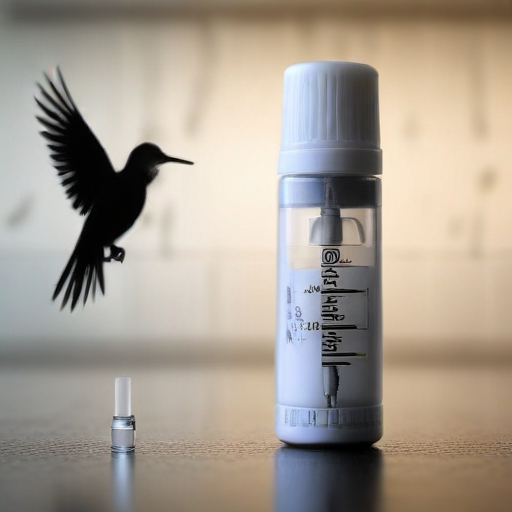Growing concerns surrounding bird flu and potential pandemic threats are resurfacing due to an uptick in avian flu cases detected among animal populations. In the United States, only one human case of bird flu has been reported in Texas this year, contributing to a total of 52 human cases since the onset of the outbreak, as stated by the Centers for Disease Control and Prevention (CDC).
Recently, a teenager in Canada was confirmed to have contracted bird flu, yet the Public Health Agency of Canada reassures that the risk to the general public remains low. Notably, the agency indicated that the H5N1 variant found in the U.S. dairy cattle is distinct from the strain identified in the human case reported in British Columbia.
In an unprecedented development, H5N1 bird flu was confirmed in a pig in Oregon in October, marking the first instance of this virus detected in swine in the U.S. according to the U.S. Department of Agriculture. The agency reported that shared water sources, housing arrangements, and equipment on backyard farms could facilitate the virus’s transmission between different animal species.
Since March, nearly 450 dairy farms across 15 states, including Texas, Kansas, and New Mexico, have been infected by bird flu. Despite these troubling reports, CDC officials maintain that the public health risk remains low. They are actively monitoring the situation and collaborating with state health departments to keep an eye on individuals who may have had contact with affected animals.
While bird flu viruses primarily impact animals, they can occasionally pose a risk to humans. The H5N1 virus was first identified in 1959 and has evolved over time, with current strains detected in wild birds in every state across the U.S., as well as in commercial and backyard poultry operations. Since 2020, the H5N1 variant has spread to numerous animal species worldwide, resulting in the death of tens of millions of chickens either from the virus or due to culling efforts to avert outbreaks.
The CDC details that bird flu first posed a threat to humans in a significant outbreak in 1997 in Hong Kong, with roughly 900 global human cases reported in the past two decades. Most infections in humans have resulted from direct contact with infected birds, though there are rare instances of person-to-person transmission. Symptoms of bird flu can resemble those of regular flu, including cough, sore throat, and body aches, and health officials recommend isolation and antiviral treatments for those showing symptoms.
In response to these developing situations, the CDC has updated its guidance for testing farm workers who might have been exposed to bird flu, even if they are asymptomatic. This decision aligns with the USDA’s move to expand testing of bulk raw milk in states where the virus has been detected in dairy cattle, ensuring that preventive measures continue to be in place.
As authorities remain vigilant, the collaborative efforts among CDC, USDA, and local health departments illustrate a commitment to monitoring and responding to bird flu cases, which provides a hopeful perspective on public safety and animal health management. The focus on vigilance and preventive measures indicates a proactive approach to mitigating potential risks before they escalate.
In summary, while the increase in bird flu cases among animals raises concerns, ongoing monitoring and preventive measures by health authorities are crucial in managing the situation, allowing for a cautiously optimistic outlook regarding public health safety.
